Arianna’s Story: Preschool Speech and Language
How do you know where to start with a preschooler who’s hard to understand? In today’s episode, I’m walking you through a real-life case study of a sweet little one (we’ll call her Arianna) who had significant speech and language challenges. I’ll share the exact process I used to figure out what to target first and how I built a therapy plan that made meaningful progress possible—even with limited time and resources.
This episode is perfect for SLPs, teachers, and parents working with preschoolers who have unclear speech, multiple delays, or difficulty getting their message across.
Listen to the Podcast Here
You can listen to the full podcast episode below:
Step 1: Identify the Main Areas of Impact
We started by figuring out which areas of communication were causing the most trouble. For Arianna, that meant:
- Speech sounds (especially final consonant deletion and velar fronting)
- Syntax and grammar (telegraphic speech and missing grammatical markers) These were the pieces that were making her the hardest to understand.
Tip: Narrow down to the areas that will give you the most bang for your buck—the ones that will make everything else easier once they improve.
SLK Screening Checklist (Free inside the Hub!)
Step 2: Use Progress Monitoring Tools to Dig Deeper
Once we knew her biggest challenges, we used SLK’s progress monitoring checklists to pinpoint where she was breaking down:
- Speech: We identified phonological processes (not just individual sounds) as the main issue.
- Language: Grammar and sentence structure were the weakest spots—she was using very short, simplified utterances.
These checklists helped us move from a broad area (like “speech”) to the exact patterns to target in therapy.
Step 3: Choose the Right Therapy Pathways
We mapped Arianna’s goals onto SLK’s structured therapy pathways:
- Phonological Processing Pathway: Targeting beginner-level patterns like final consonant deletion and velar fronting.
- Syntax & Grammar Pathway: Starting with early-developing grammatical markers like present progressive “-ing.”
This helped create a clear, step-by-step plan that fit her level and needs.
Step 4: Target Specific, Functional Skills
From there, we picked specific therapy goals:
- Say words with final consonants (e.g., “cat” instead of “ca”)
- Produce K and G sounds in the correct place in the mouth
- Use basic grammatical forms like “jumping” or “eating”
These were the skills that would have the biggest immediate impact on her intelligibility and communication success.
Step 5: Make Therapy Play-Based and Flexible
Since Arianna was just 4 years old, we kept our sessions fun and flexible:
- Used toys and books for natural practice
- Modeled target sounds and grammar during play
- Adapted session length to her attention span
- Mixed speech and language practice together in the same session
We also collaborated with her teacher and sent simple homework activities home for carryover.
Bonus: Troubleshooting Other Common Preschool Challenges
In the second half of the episode, we tackled listener questions about similar preschoolers:
- What to do when there’s echolalia and limited spontaneous language
- How to support a preschooler using AAC/LAMP devices for communication
- Choosing between speech vs. language vs. social goals when there are multiple areas of need
I shared how the same SLK framework helps guide those decisions so you can confidently know what to target first.
Resources and Links
Podcast: Play in new window | Download | Embed
Subscribe: Apple Podcasts | RSS
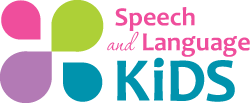
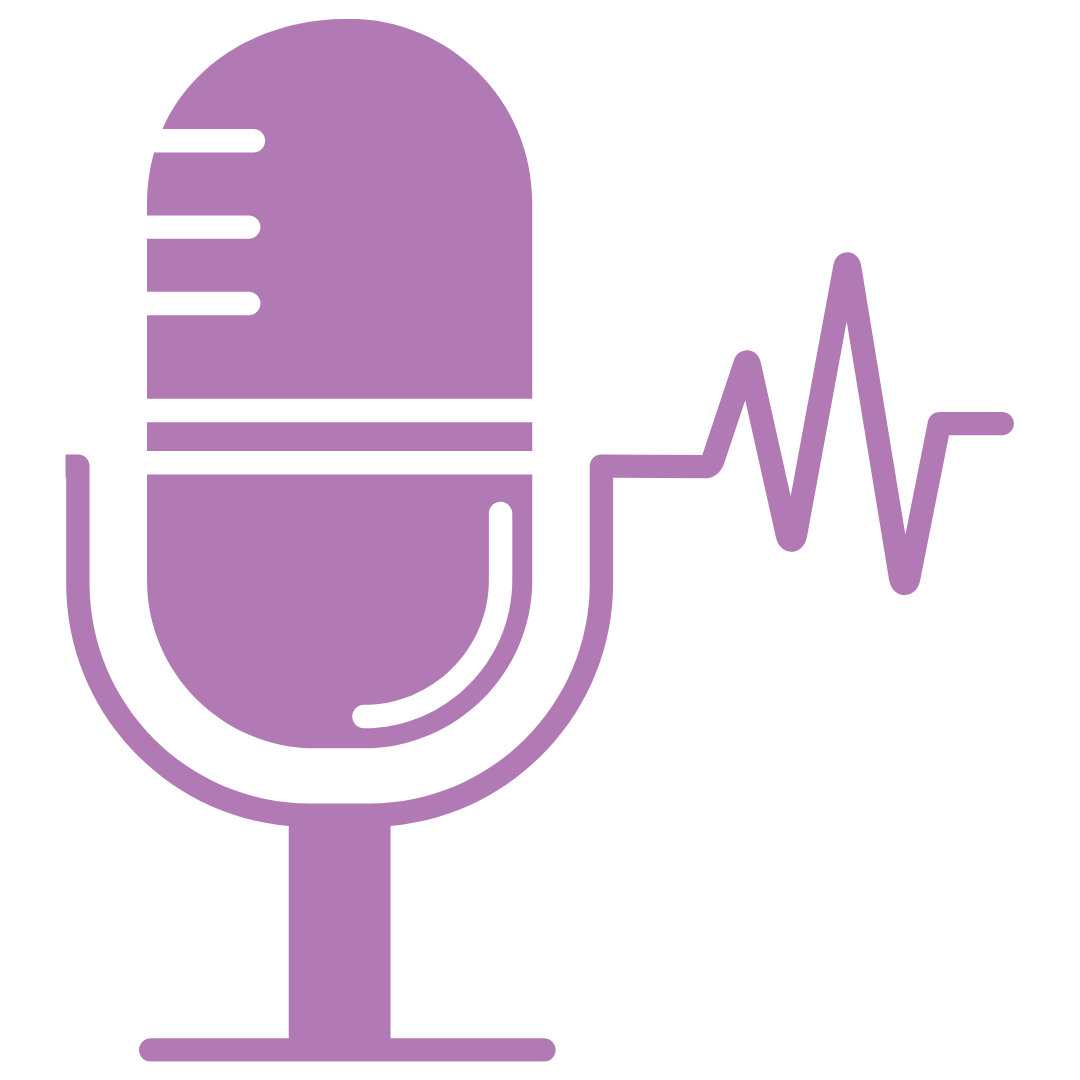
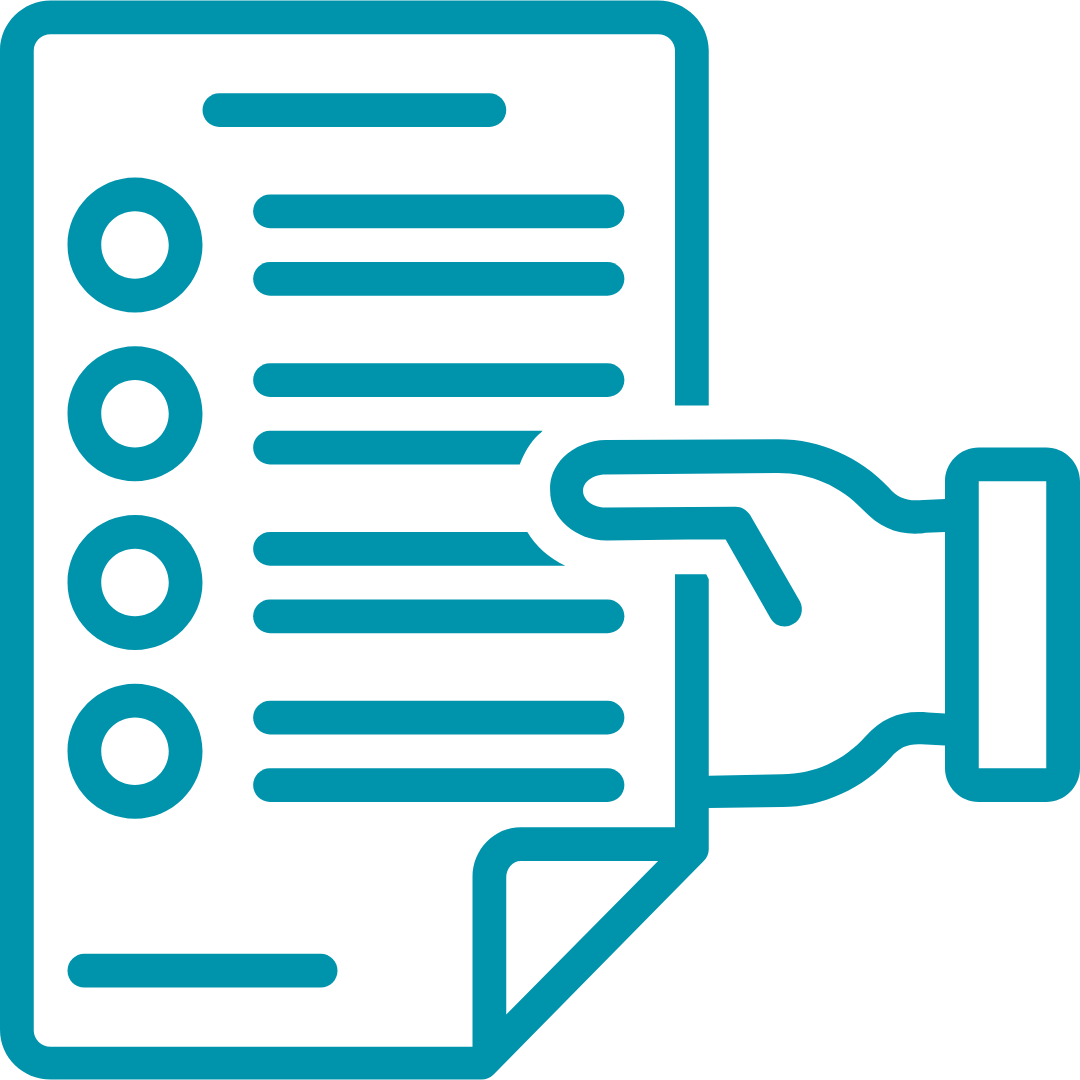

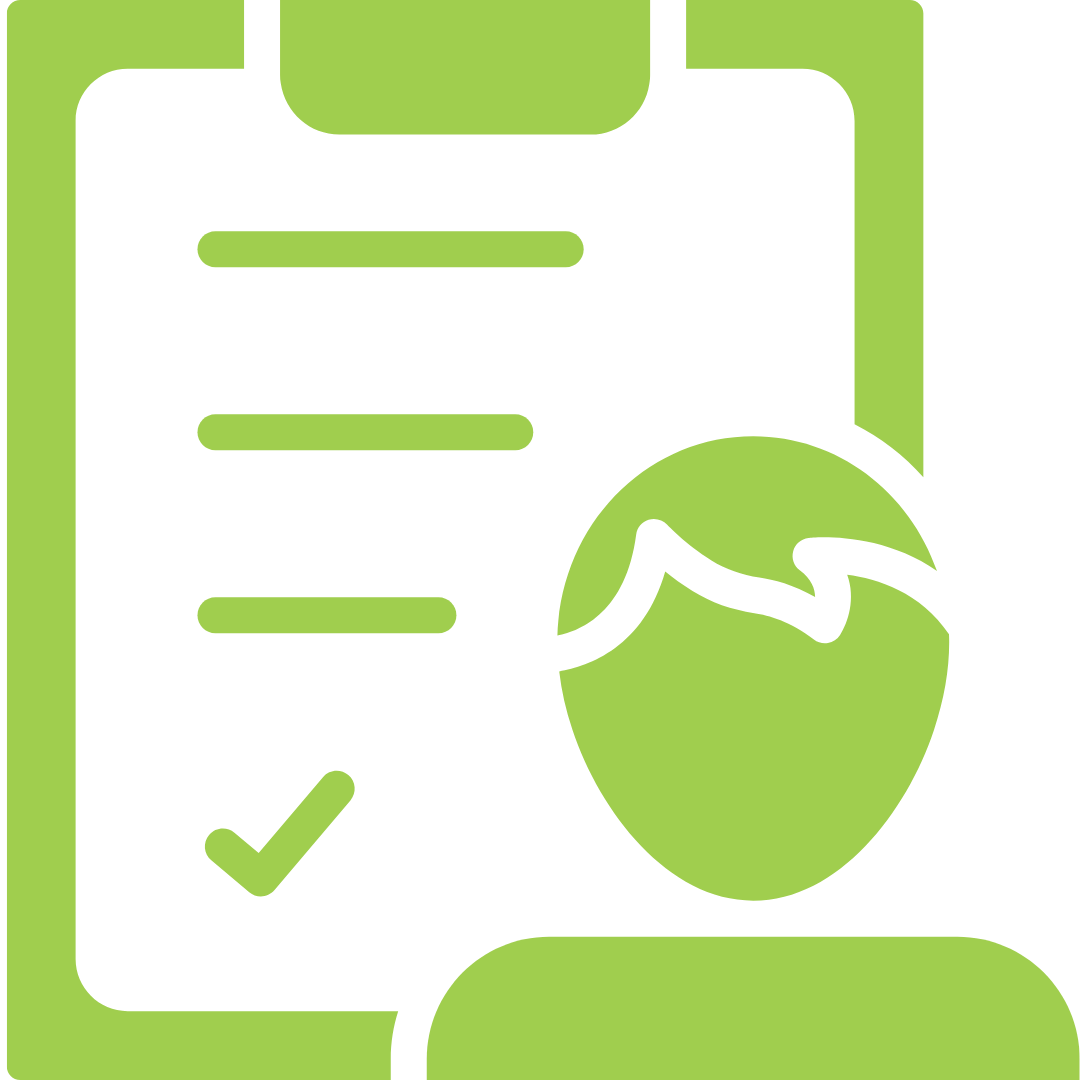
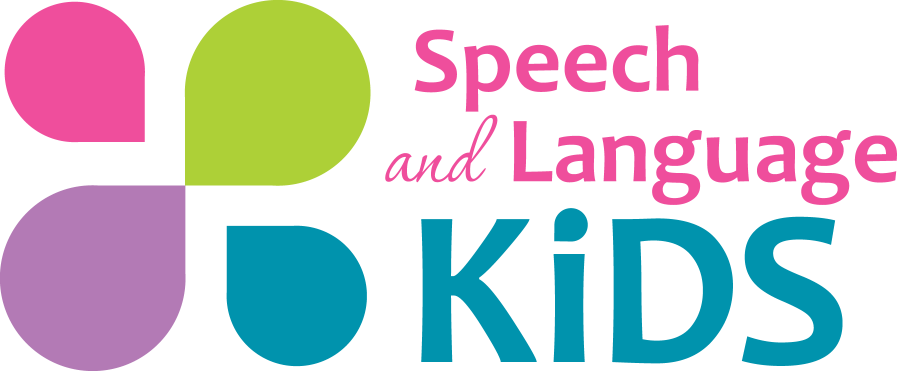
Leave A Comment